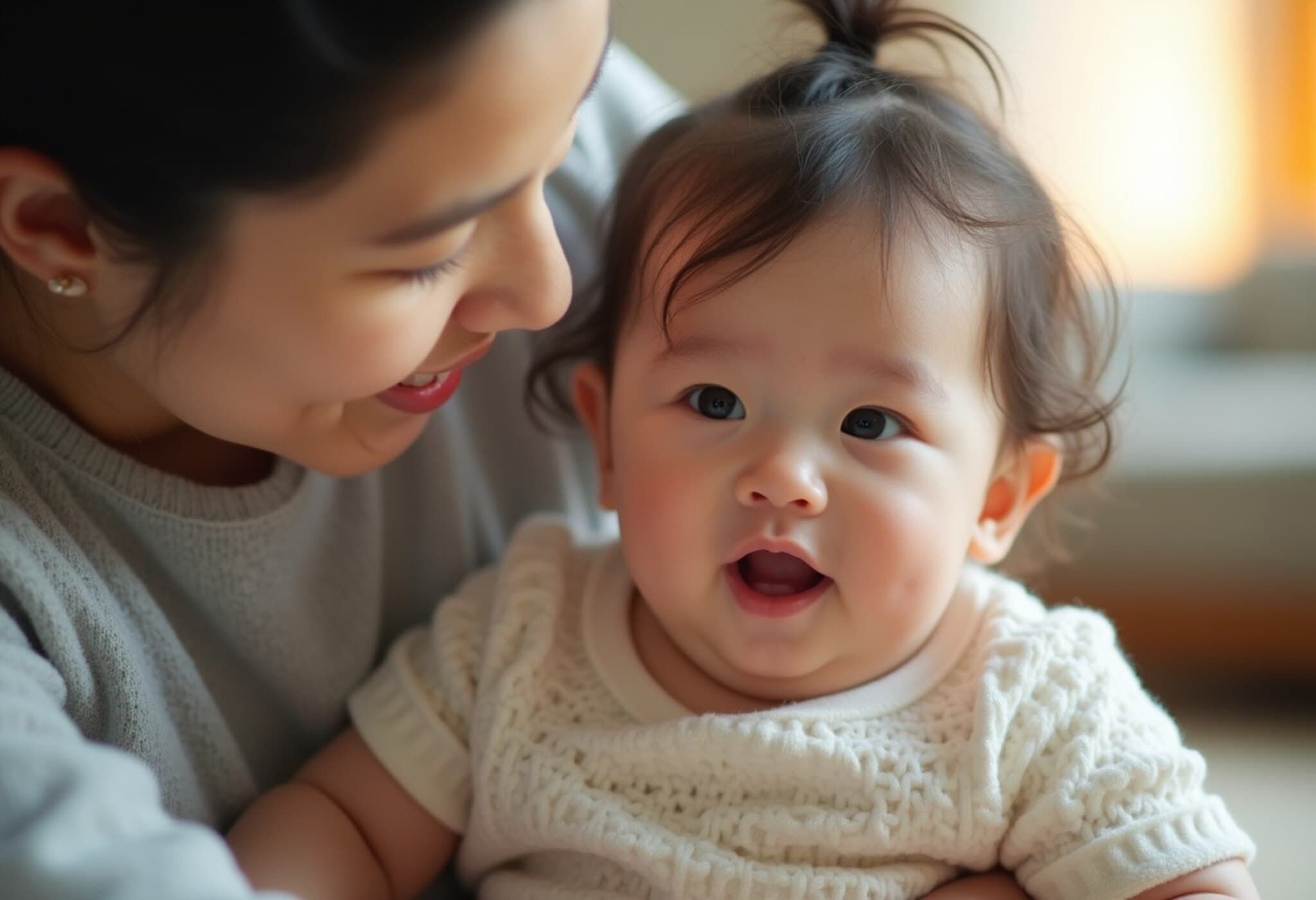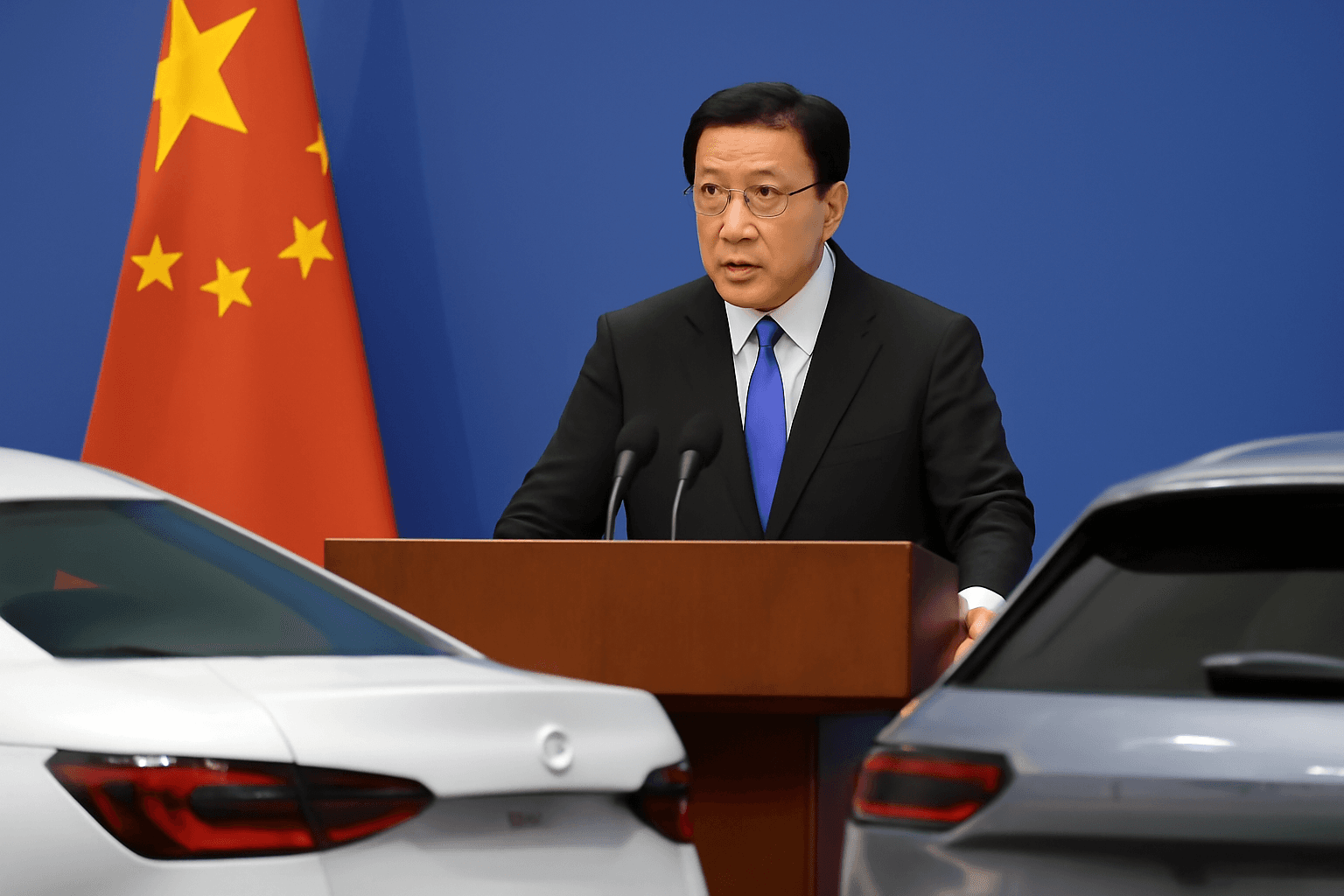China's Baby-Care Market Evolves Amid Demographic Shifts and Rising Gen Z Influence
As China faces a demographic turning point, businesses are rushing to understand and capitalize on a new breed of parents—those born in the digital era, shaped by global influences, and driven by experience-oriented parenting philosophies. Despite declining birth rates, China's baby-care sector remains a colossal market opportunity valued at $645 billion in 2025. The way young Chinese parents shop and spend is redefining the entire landscape of childcare products and services.
A New Generation of Parents with New Priorities
Gen Z parents in China represent a shift not only in demographics but in mindset. Digital natives with global outlooks, these parents prioritize enriching experiences for their children, investing in activities such as golf lessons and ski trips rather than just traditional baby goods. Joe Ngai, McKinsey’s Greater China chairman, highlights this shift toward premium, experience-centric spending that transcends the basics.
“Parents today want to offer their children more than just necessities—they’re investing in experiences and education, which creates new product categories and expands markets for enrichment programs, family travel, and digital learning tools,” Ngai explains.
Market Size and Growth Prospects
Despite persistent challenges posed by falling birthrates, China’s sheer population size means it still welcomed nearly three times as many newborns in 2024 as the United States. This sizable demand fuels a rapidly growing market projected to expand at an annual rate of about 7%. Initial government stimulus measures targeted baby-care essentials like strollers and formula, but industry experts anticipate growth will stretch into pediatric health, early education, insurance tailored for minors, and innovative technology like coding apps and smart parenting solutions.
Heightened Consumer Awareness and Brand Scrutiny
Chinese Gen Z parents are not just spending more—they are also becoming increasingly selective and skeptical. Andy Li of Oliver Wyman emphasizes how younger parents invest time researching products, comparing details, and relying heavily on peer reviews before making purchases. Transparency, especially regarding nutrition ingredients and safety standards, is paramount.
The lingering shadow of the 2008 infant formula scandal shapes consumer preferences even today, with many middle-class families favoring foreign brands they trust. At the same time, domestic brands face new pressure to differentiate themselves in an environment where quality alone no longer guarantees loyalty. Social media plays a pivotal role in holding companies accountable, as evidenced by the backlash when some baby-care brands quickly hiked prices following government subsidies.
Beijing’s Strategic Efforts to Boost Fertility
In response to a long-term demographic decline influenced by decades of restrictive birth policies and a sharp drop in marriage rates to historic lows, China has introduced bold financial incentives to encourage childbearing. A landmark policy now provides 3,600 yuan ($503) annually per child under three, marking the first time subsidies target firstborns explicitly.
Additionally, tuition waivers for the final year of compulsory education reflect a broader governmental push to reduce childcare burdens. However, experts caution that financial incentives, while helpful, may fall short of reversing entrenched societal trends. Factors such as career priorities among highly educated urban women, expensive childcare, eldercare demands, and mental health concerns form complex barriers that simple subsidies might not overcome.
Challenges for the 'Sandwich Generation'
Millennials and Gen Z adults in China are increasingly caught in the so-called "sandwich generation" dilemma—juggling care for both aging parents and their children amid a sparse social safety net. Harry Murphy Cruise from Oxford Economics notes that the financial and emotional responsibilities toward elders often siphon off incomes that might otherwise support family expansion.
The financial reality is stark: raising a child through age 18 costs on average 6.3 times per capita GDP in China, compared to 4.11 times in the U.S. Meanwhile, the cost of domestic help in metropolitan hubs like Shanghai is priced beyond the reach of many dual-income families.
Looking Ahead: From Baby Wipes to Digital Parenting
While traditional baby-care essentials form the core of current spending, industry watchers like Han Shen Lin of The Asia Group foresee lucrative growth in diverse areas—from pre-kindergarten education and tutoring to family travel and cutting-edge technology like AI-driven parenting apps.
The evolving landscape demands brands that can offer not only quality but also genuine value and transparency to tech-savvy, socially conscious young parents. This generation is quick to leverage social platforms to defend their interests and demand accountability, reshaping market dynamics overnight.
Expert Analysis: What Does This Mean for China's Economy and Policy?
China’s demographic challenges are more than a population issue; they intersect with economic development, gender equity, social policy, and cultural transformation. The government’s recent policies signal urgency but also acknowledge that multi-faceted solutions are required.
From an economic policy perspective, encouraging higher birth rates is critical for sustaining the labor force and supporting long-term growth. However, economic incentives must be complemented by reforms in workplace culture, gender roles, eldercare infrastructure, and childcare accessibility.
These pressures offer fertile ground for innovation within China’s private sector, particularly for companies who can anticipate and align with the nuanced desires of Gen Z parents. The stakes are high—for families, for businesses, and for the country's demographic future.
Editor’s Note
China stands at a demographic crossroads where traditional baby-care models are being rewritten by Gen Z parents eager to balance global influences, financial realities, and evolving family values. While financial subsidies may provide a short-term lift, the deeper challenge lies in addressing societal barriers—from gender norms to eldercare pressures—that weigh heavily on young families. For policymakers and businesses alike, the future belongs to those who understand that parenting today is about more than products; it’s about experiences, trust, and transparency in a rapidly changing social landscape.











